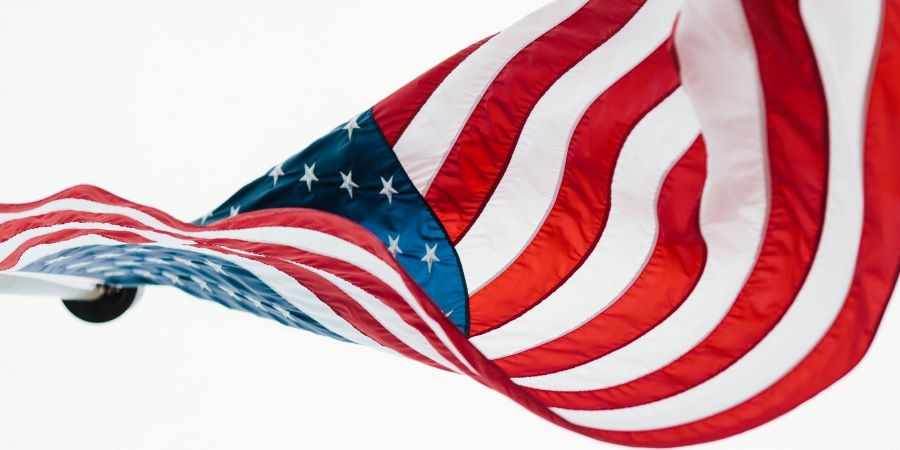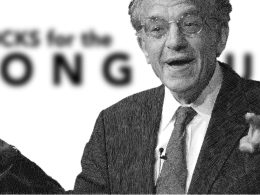by Kristina Hooper & Brian Levitt, Invesco Canada
Could the stars align for a ‘Goldilocks’ economy?
- Joe Biden was named the winner by the Associated Press. Among a backdrop of legal challenges, he is coming closer to being the 46th president.
- What might markets do if he’s inaugurated? We see five potential tailwinds that could be positive for markets.
While legal challenges are underway, the Associated Press on Saturday called Pennsylvania for Joe Biden, which would push him past the 270 Electoral Count threshold. While this process may feel like an eternity, Biden’s timing from a market perspective may be impeccable. Don’t get us wrong. There are challenges ahead. COVID-19 cases are rising, and the threat of economically damaging lockdowns is elevated. However, history has taught us that the presidents who have experienced outsized market returns typically were inaugurated in troubled economic environments. Presidents Reagan (high and rising inflation) and Obama (global financial crisis) immediately come to mind. Rather than dwell on the near-term negatives, let’s instead focus on the potential tailwinds that would likely be supportive to markets in a Biden administration.
Five potential tailwinds that could drive markets
- Betting against an economic recovery is betting against medicine, science and human ingenuity. Significant progress has already been made in the fight against COVID, with scientists, government agencies and private industry working together to understand the virus, create and test potential vaccines, and pre-manufacture millions of doses of the most promising candidates to enable immediate distribution when a final vaccine is ready. The timing of a vaccine is still unclear, but is likely to emerge in the early years of the next presidential term.
- The US Federal Reserve is poised to keep interest rates at, or near, zero for at least the first two years of Biden’s term. There is $4.3 trillion in money market assets, up from $3.6 trillion at the beginning of 2020, earning effectively nothing in interest.1 Among the Fed’s stated goals is to inflate away 2% of the value of that cash each year, thereby incentivizing consumers and investors to do something with that money. The adage about not fighting the Fed will likely apply over the next four years.
- More fiscal support is likely forthcoming. While it may not be the outsized fiscal package that the Democrats had envisioned, it will likely be large enough to provide an additional boost to the economic recovery. Paradoxically, a more modest fiscal bill may serve to extend the market and business cycles, as it would be unlikely to bring forward the inflationary pressures that presage Fed tightening and the end of cycles.
- Stocks are historically cheap to bonds2, and yet stocks have outperformed bonds over most time periods.3 Government-related bonds are not only overbought compared to stocks4 but may fall under pressure as interest rates rise in an economic recovery. Investors are likely to determine that in this type of environment, there few alternatives that offer the growth potential of equities.
- Macro conditions do not need to be “good” for markets to trend higher. Instead, they need to be getting better. The US economy and S&P 500 Index recently experienced historic collapses. Economic activity and earnings growth are likely to be outsized during the next presidential term versus the 2020 comps.
Is this a “Goldilocks” environment?
Investors often ask strategists to compare the current environment to a period in the past. 2011 to 2014 comes to mind. Those years had a Democratic president, a divided Congress, an improving economic and earnings backdrop from very depressed levels, the Fed Funds Rate at zero, and stocks cheap to bonds. Forgive us for having déjà vu. That period proved to be favorable for equities and for credit.
In fact, this could be a Goldilocks environment — not too hot to cause inflation, but not too cold, either. A Biden presidency with a Republican Senate would be unlikely to see any increase in taxes, which was arguably the biggest fear investors had about a Biden presidency. And a Biden presidency could mean a return to a more traditional, predictable approach to trade policy, which would likely result in less volatile markets. But would it also mean stalled progress on other issues? Assuming a narrow Republican majority in the Senate, and a centrist approach by Biden, such a divided government might not mean total gridlock. In particular, Biden might be able to eke out a decent stimulus bill by forming a coalition with moderate Republican senators. While few may have expected this or wanted this outcome, it could prove to be a “best-case scenario.”
In short, Joe Biden has spent nearly half a century in politics, but his timing may yet prove impeccable.
****
The post Five forces that could propel markets during a Biden presidency appeared first on Invesco Canada blog.
This post was first published at the official blog of Invesco Canada.














